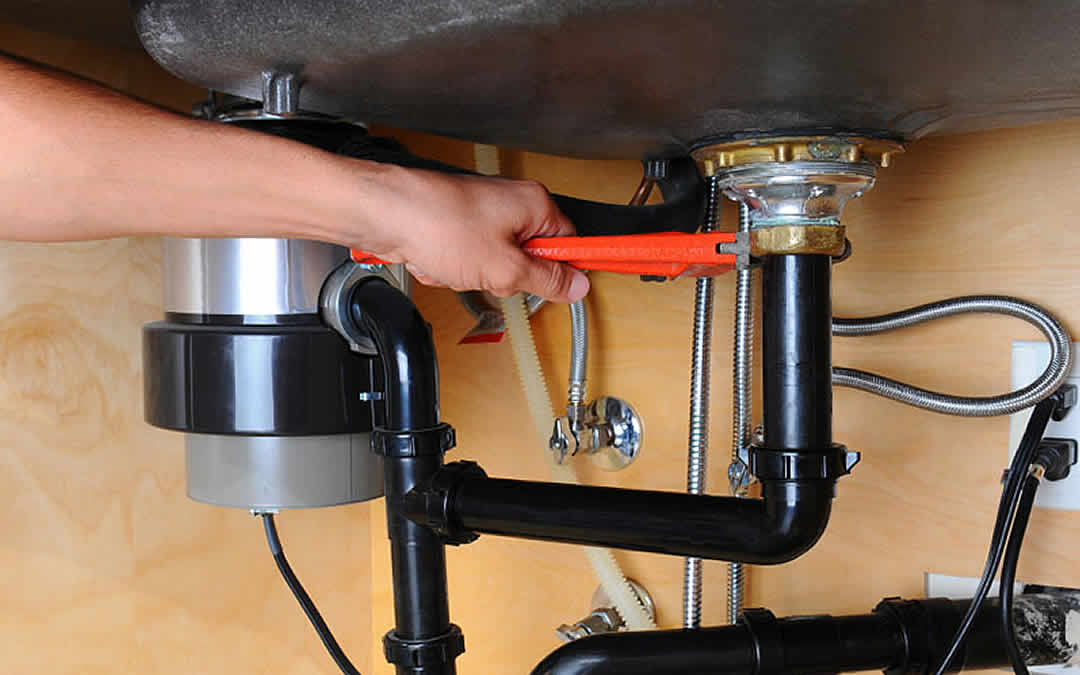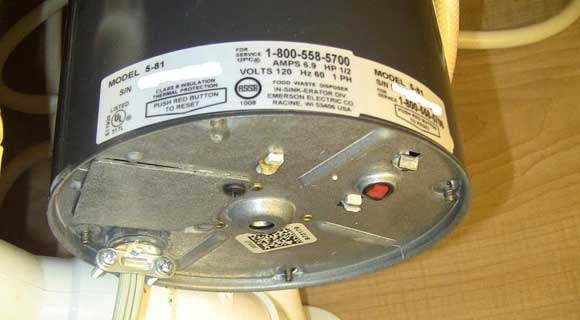This article below relating to The Handy Guide To Fixing Your Garbage Disposal Leaking is totally motivating. Read it for yourself and see what you think about it.

Waste disposal unit are crucial kitchen area home appliances that help in getting rid of food waste efficiently. Nonetheless, a dripping waste disposal unit can be an aggravating and untidy problem to handle. Thankfully, several leakages can be fixed quickly with a few simple actions. In this short article, we will certainly review how to repair a dripping waste disposal unit effectively.
Introduction
Garbage disposals are set up under kitchen sinks and are developed to shred food waste into smaller pieces, allowing it to go through the plumbing system easily. While these devices are typically reputable, leakages can take place with time due to wear and tear, loose connections, or damage to the system.
Typical Reasons For Leakages in Trash Disposals
Worn Seals and Gaskets
Seals and gaskets play a critical duty in preventing water from leaking out of the waste disposal unit. Over time, these components can deteriorate, leading to leaks around the disposal unit.
Loose Links
The links between the garbage disposal and the pipes system can end up being loosened over time, causing water to leakage out throughout procedure.
Fractures or Openings in the Disposal Unit
Physical damage to the garbage disposal, such as cracks or openings in the housing, can also result in leakages.
Recognizing the Resource of the Leakage
Prior to attempting to repair a leaking garbage disposal, it is vital to determine the resource of the leak. This can normally be done with aesthetic evaluation or by conducting straightforward examinations.
Visual Assessment
Examine the waste disposal unit unit thoroughly for any type of signs of water leak. Pay very close attention to areas around seals, gaskets, and link factors.
Testing for Leaks
One method to examine for leakages is by running water via the disposal system and checking for any kind of visible indicators of leakage.
Tools and Products Needed for Repairing a Dripping Garbage Disposal
Prior to beginning the fixing process, gather the essential tools and materials, including a screwdriver, adjustable wrench, plumber's putty, replacement seals or gaskets, and epoxy or patching material for fixing cracks or openings.
Step-by-Step Overview to Fixing a Leaking Waste Disposal Unit
Shut off the Power
Prior to trying any kind of repair services, make certain that the power to the waste disposal unit system is switched off to prevent the danger of electrical shock.
Situate the Leak
Identify the precise area of the leakage and identify the cause.
Tighten up Connections
Utilize a wrench to tighten up any type of loose links between the disposal unit and the plumbing system.
Replace Seals or Gaskets
If the leak is because of used seals or gaskets, get rid of the old parts and change them with brand-new ones.
Patching Splits or Openings
For splits or openings in the disposal device, usage epoxy or an appropriate patching product to seal the damaged area.
Testing the Waste Disposal Unit After Fixing
As soon as the repair work is total, evaluate the waste disposal unit by running water through it to make sure that the leak has been resolved.
Preventive Maintenance Tips to Stay Clear Of Future Leaks
To avoid future leakages, it is essential to perform regular maintenance on your waste disposal unit. This includes maintaining it tidy, avoiding putting non-food items or difficult objects down the disposal, and occasionally checking for leaks or various other problems.
Conclusion
Finally, repairing a dripping garbage disposal is a fairly straightforward process that can be finished with standard tools and materials. By following the steps outlined in this write-up and exercising precautionary upkeep, you can maintain your waste disposal unit in good working problem and avoid costly fixings in the future.
HERE’S HOW TO FIX YOUR GARBAGE DISPOSAL
WHAT TO DO IF SOMETHING IS STUCK IN YOUR GARBAGE DISPOSAL
If the impeller won’t turn, there’s probably something stuck in the disposal. It could be a steak bone or peach pit, although plumbers report pulling all sorts of inappropriate objects out of disposals, such as bottle caps or aluminum foil. Make sure power to the disposal is off, and look inside to see if you can see the source of the jam.
Never stick your fingers in a disposal. Pull out anything you see with tongs or pliers.
If the disposal still won’t work, it may be time to call a plumber or consider buying a new disposal. GEM Plumbing & Heating is here for all of your garbage disposal needs.
WHAT TO DO IF YOUR GARBAGE DISPOSAL DRAIN IS CLOGGED
- Take everything out from underneath your sink and put a bucket or other container under your disposal to catch any water that drains out.
- Disconnect your disposal from the power supply.
- If it’s plugged into a wall outlet, unplug it.
- If it’s hardwired into an electrical box, go to the electrical panel and turn off the breaker for the disposal.
- Pour ¼ cup of baking soda into the drain, followed by ½ cup of white vinegar. Give the solution a few minutes to fizz and do its work.
- Look into the disposal with a flashlight to see if you can see an object that might be causing the clog. If you see it, remove it using tongs or pliers.
MORE TIPS ON DEALING WITH A CLOGGED GARBAGE DISPOSAL
- Never use drain cleaner in a garbage disposal. It can damage the plastic parts inside the disposal. You can also be splashed with the caustic liquid while working to clear the clog.
- Beware! Never stick your fingers into a garbage disposal. Trust us — not a good idea.
- In many instances, your dishwasher drains through your garbage disposal. This allows the disposal to grind any large food particles that may be drained out of your dishwasher. There are some jurisdictions, however, where the plumbing code prohibits such a connection.
WHAT TO DO WHEN YOUR DISHWASHER DRAINS THROUGH THE DISPOSAL
- Run some water in the sink so your plunger has at least a ½-inch of water to create a seal and plunge vigorously up and down several times. You may need to repeat this several times.
- Run hot water down the drain to clear any residue that remains.

I was shown that article on Why Is through an acquaintance on another web blog. If you enjoyed reading our blog posting plz make sure you remember to share it. Thanks a lot for going through it.
Click Here
Comments on “Your Definitive Guide to Fixing a Leaky Waste Disposal Unit”